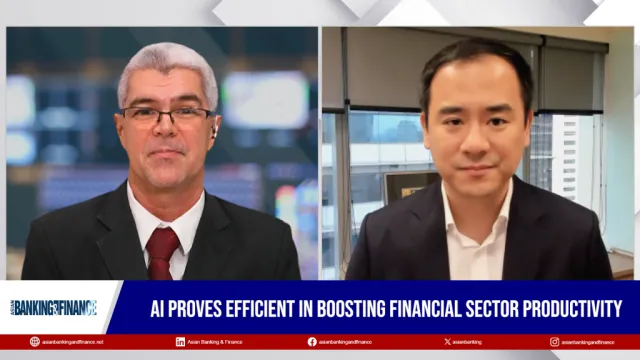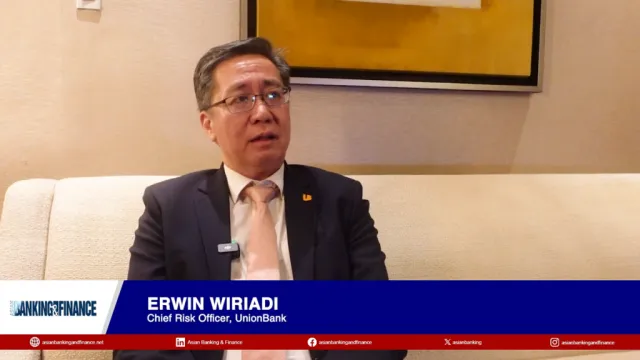
India’s credit card spend falls 9% in February to ₹1,672b
Total spending dropped 9% MoM to ₹1,672b, whilst transaction volumes fell 8% to 396 million.
India’s credit card spending declined sharply in February 2025, falling to its lowest level in seven months, according to a new report from Asit C. Mehta Investment Interrmediates Ltd.
Total spending dropped 9% MoM ₹1,672b, whilst transaction volumes fell 8% to 396 million. Although spending was up 12% compared to the same month last year, the pace of growth has slowed significantly, marking the weakest YoY expansion in over a year.
The report attributed the dip to seasonal factors such as tax planning and a post-festive lull in consumer activity. February has historically been a quiet month for discretionary spending, with many consumers postponing purchases until after the Holi festival.
The average spend per transaction softened to ₹4,219, down from ₹4,282 in January, and average spending per card dropped 9.6% MoM to ₹15,295.
Credit card issuance also showed signs of cooling. The number of outstanding cards rose marginally by 0.4% MoM to 109 million, with YoY growth slowing to 9%—the lowest since June 2021. This moderation follows several years of aggressive expansion in the credit card market, indicating a shift toward more conservative growth strategies by issuers.
Market share data showed leading banks consolidating their positions. HDFC Bank and SBI each gained 10 basis points in card count, reaching 21.6% and 18.9% respectively.
ICICI Bank held steady at 16.6%, whilst Axis Bank slipped slightly to 13.5%. Among mid-sized issuers, IDFC First Bank posted the strongest performance, growing its market share by 80 basis points over the past year to reach 3.2%.
RBL Bank and Kotak Mahindra Bank experienced minor declines, though Kotak is expected to rebound following the RBI’s recent easing of restrictions on its credit card business.
Looking ahead, analysts expect spending to remain modest in the near term but anticipate a rebound with the onset of new financial year cycles and upcoming festive triggers.

















 Advertise
Advertise









